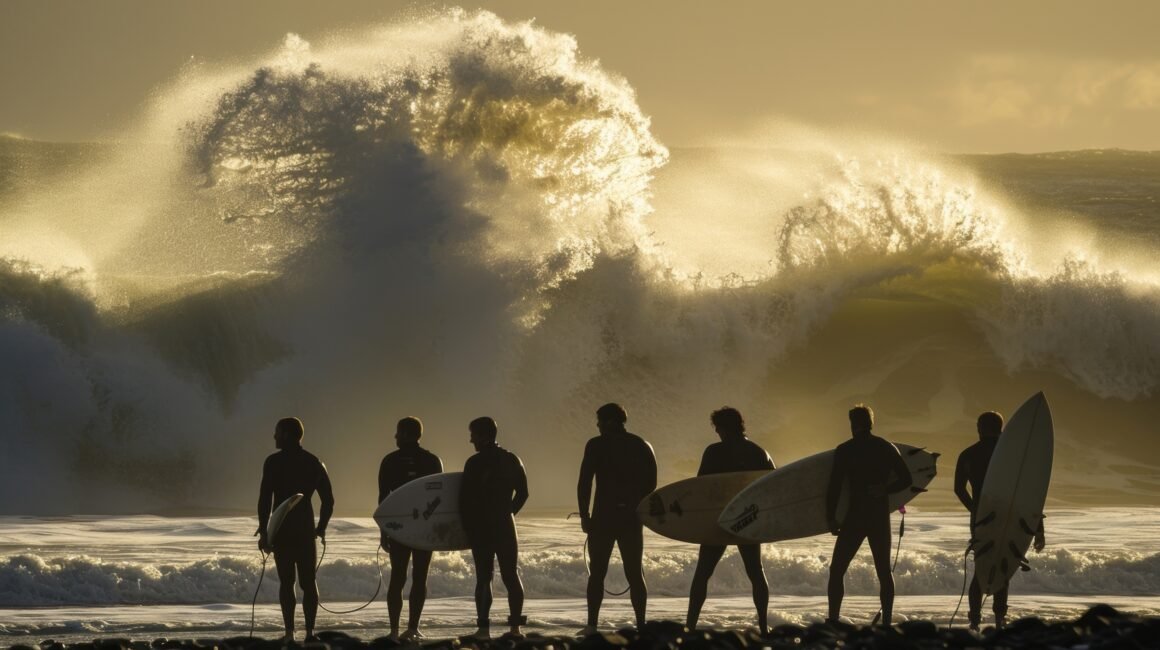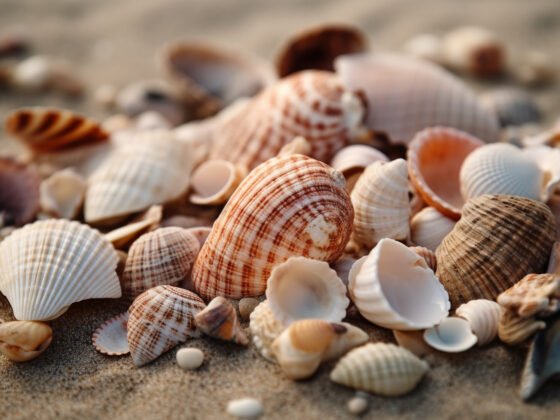Oceanography for Beach Lovers
Have you ever wondered why the ocean seems to breathe, rising and falling in a rhythmic cadence? Or why the shoreline can change so dramatically from day to day? These fascinating phenomena are the result of complex oceanic processes that have been shaping our planet for millennia. Let’s delve into the world of oceanography and uncover the secrets behind tides, currents, and the often misunderstood riptides.
Let’s dive into the fascinating world of oceanography and learn how to stay safe while enjoying the beach.
Tides: The Ocean’s Breath
Tides are the regular rise and fall of the sea level caused by the gravitational pull of the moon and sun. Imagine the moon as a giant magnet, pulling the water towards it. As the moon orbits the Earth, it creates a bulge in the ocean.
- High Tide: This is when the water level is at its highest. It’s a great time for exploring tide pools or collecting seashells.
- Low Tide: This is when the water level is at its lowest. It reveals tide pools and hidden treasures along the shoreline.

Currents: The Ocean’s Rivers
Ocean currents are large-scale movements of water that flow in a particular direction. They can be influenced by factors like wind, temperature, and the Earth’s rotation.
- Surface Currents: These are driven by wind and can carry warm or cold water across vast distances.
- Deep Currents: These are driven by differences in temperature and salinity and play a crucial role in regulating the Earth’s climate.
Riptides: The Ocean’s Hidden Dangers
Riptides are powerful currents that flow away from the shore. They can be difficult to spot and can pose a serious threat to swimmers.
- How to Spot a Riptide: Look for a narrow channel of choppy water running perpendicular to the shore. The water may appear darker or have debris floating on it.
- If Caught in a Riptide: Don’t panic! Try to swim parallel to the shore until you’re out of the current. If you’re struggling, call for help.
ALWAYS be aware of Rip Tide current warning and take them seriously.
Safety Tips for Beachgoers:
- Always swim near a lifeguard.
- Be aware of your surroundings and the ocean conditions.
- Avoid swimming during high tide or rough seas.
- Don’t underestimate the power of the ocean.
By understanding the basics of oceanography, you can enjoy your beach days with greater confidence and safety. So, the next time you’re building sandcastles or catching waves, remember the forces at play beneath the surface.







